The upcoming progressions of the world toward cleaner and more ecological solutions have also transformed into fundamental enablers of renewable technologies. Solar, wind, or hydro electronic devices bring forth generating converting, controlling, and conditioning energies for practical use. The following blog article explores the use of renewable and their significance.
Power Electronics in Renewable Energy Systems is of paramount importance in current modern industry automation and high efficient energy systems. The book provides a comprehensive overview of the technology and applications in renewable and smart grids, authored by an international team. The authors touch base with many kinds of Energy systems such as wind, solar, ocean, geothermal, fuel cell, and bulk storage are utilized. They also study smart grid components, modelling, simulation, control and AI applications.
What is Power Electronics?
Electrical engineering deals with designing and controlling technologies for the generation, transmission, distribution, and utilization of electrical energy using electronic devices. It deals with components such as:
• Rectifiers an AC to DC conversion system
• DC to AC conversion system
• DC to DC converters
• AC voltage controllers
Mostly in charge of regulating the flow from generation to consumption are
these devices.
Key Applications in Renewable Energy Systems
1. Solar Photovoltaic (PV) Systems
Inverters are the core components of solar systems. They convert the direct current produced by solar panels into alternating current for home appliances and the grid-
• Maximum Power Point Tracking (MPPT): Electronics make sure that solar panels work at the most efficient output.
• Grid-Connected Inverters: Synchronize solar power with the grid so that the surplus can be sent out to utility.
• DC-DC Converters: Used in standalone systems to regulate voltage levels for battery charging or specific loads.
2. Wind Energy Systems
The wind turbines produce AC at different frequencies, which are then made stable and usable using into the proper form:
- AC-DC-AC converters are devices that convert AC oscillations into grid-quality AC.
- Pitch Control Systems which again uses power but focused more on blade angle control optimization of the turbine performance as well protection of the components during high wind events.
- Soft Starters reduce mechanical stresses in components caused by starting up.
3. Energy Storage Systems
Many times, renewable sources mix with batteries to save extra electricity.
• Bidirectional converters let batteries be charged and discharged both directions.
• Battery Management
Systems (BMS) protect and extend battery life by means of electronics for
voltage, temperature, and current monitoring.
4. Grid Integration
Grid compatibility
is one of the most daunting challenges facing renewable
energy. Power electronics guarantee that
the produced is compatible
with grid requirements in
terms of phase,
frequency, and voltage.
• Grid
Synchronization Inverters: Ensure the
quality and reliability.
• Harmonic
Filters: Minimize electrical noise due to switching actions in
power electronics.
• Smart
Inverters: Operators share the
advice with other operators and switch the load as per demand-supply situation.
5. Hybrid Energy Systems
Power electronics facilitate the seamless integration of various energy sources like solar, wind, diesel generator, and batteries. Energy management systems are designed to efficiently manage the utilization of various energy sources. The use of converters and inverters is crucial in regulating the transfer of energy from sources to loads.
Conclusion
Over Power Electronics in Renewable Energy Systems is the foundation of modern renewable systems. From maximum performance, dependability, and safety to efficient solar conversion to grid synchronizing of wind power, these technologies offer the function of electronics will remain vital in determining a sustainable energy future as renewable energy adoption grows.
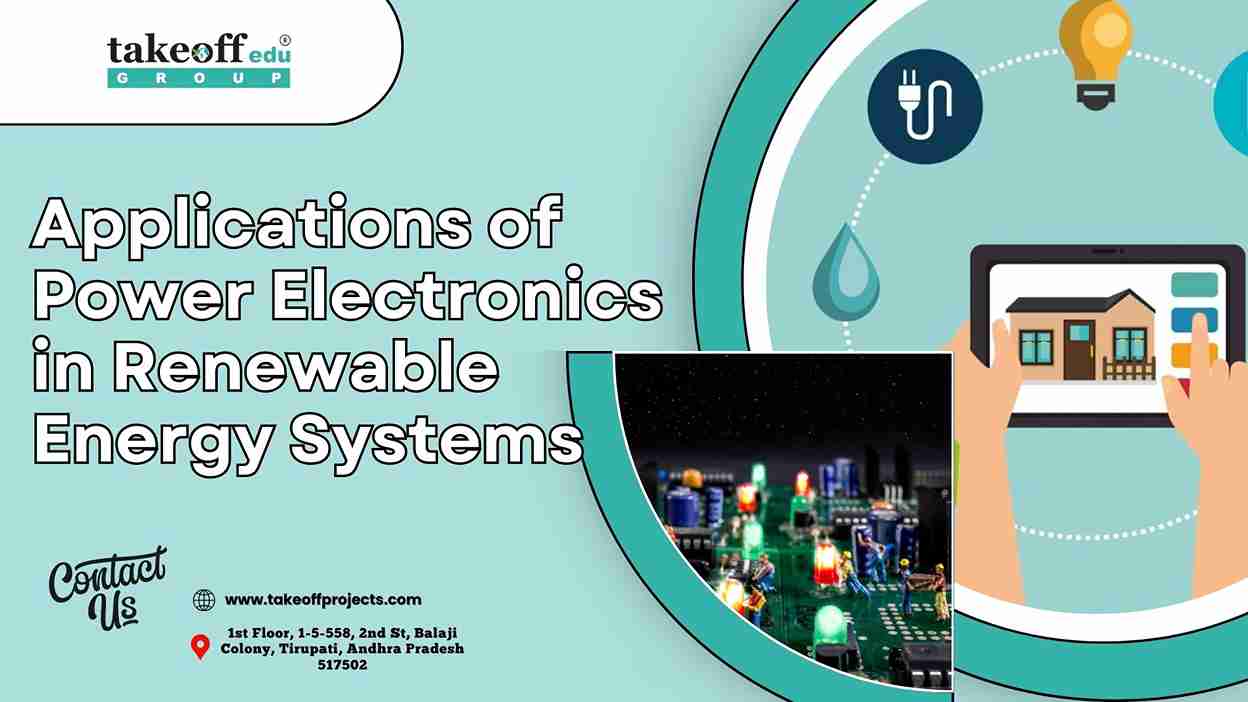
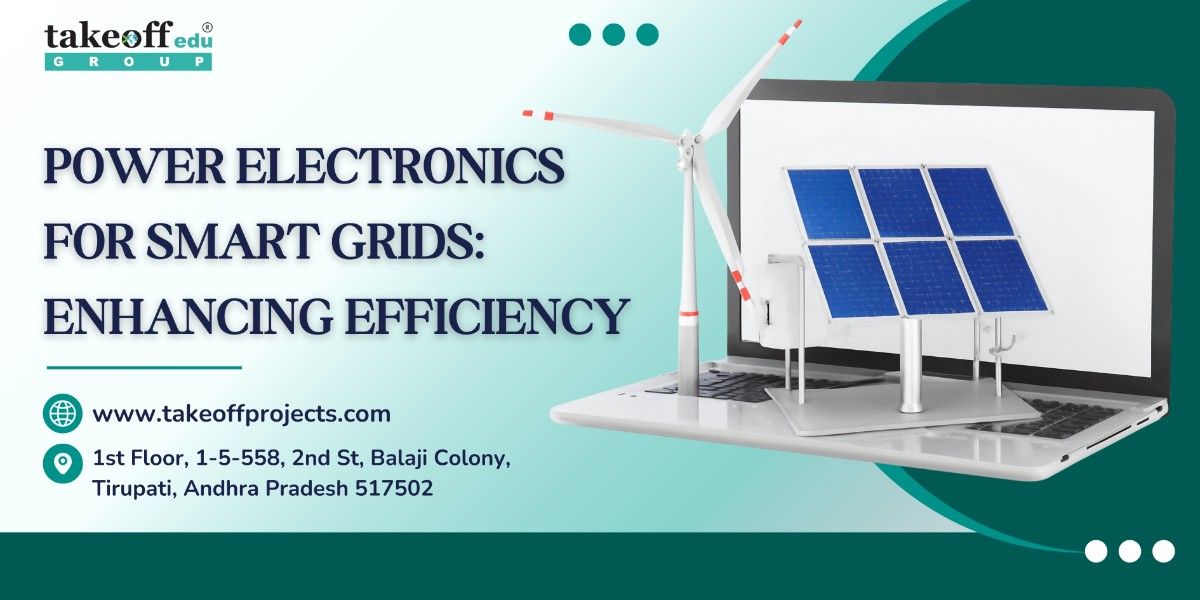 Power Electronics for Smart Grids: Enhancing Efficiency
Power Electronics for Smart Grids: Enhancing Efficiency 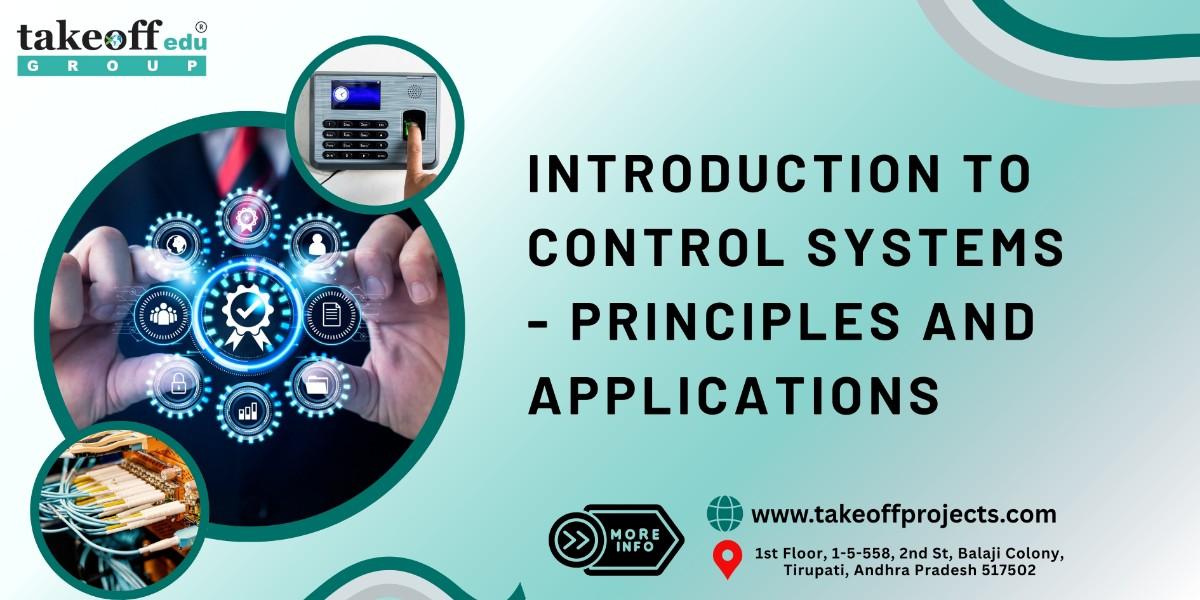 Introduction to Control Systems: Principles and Applications
Introduction to Control Systems: Principles and Applications 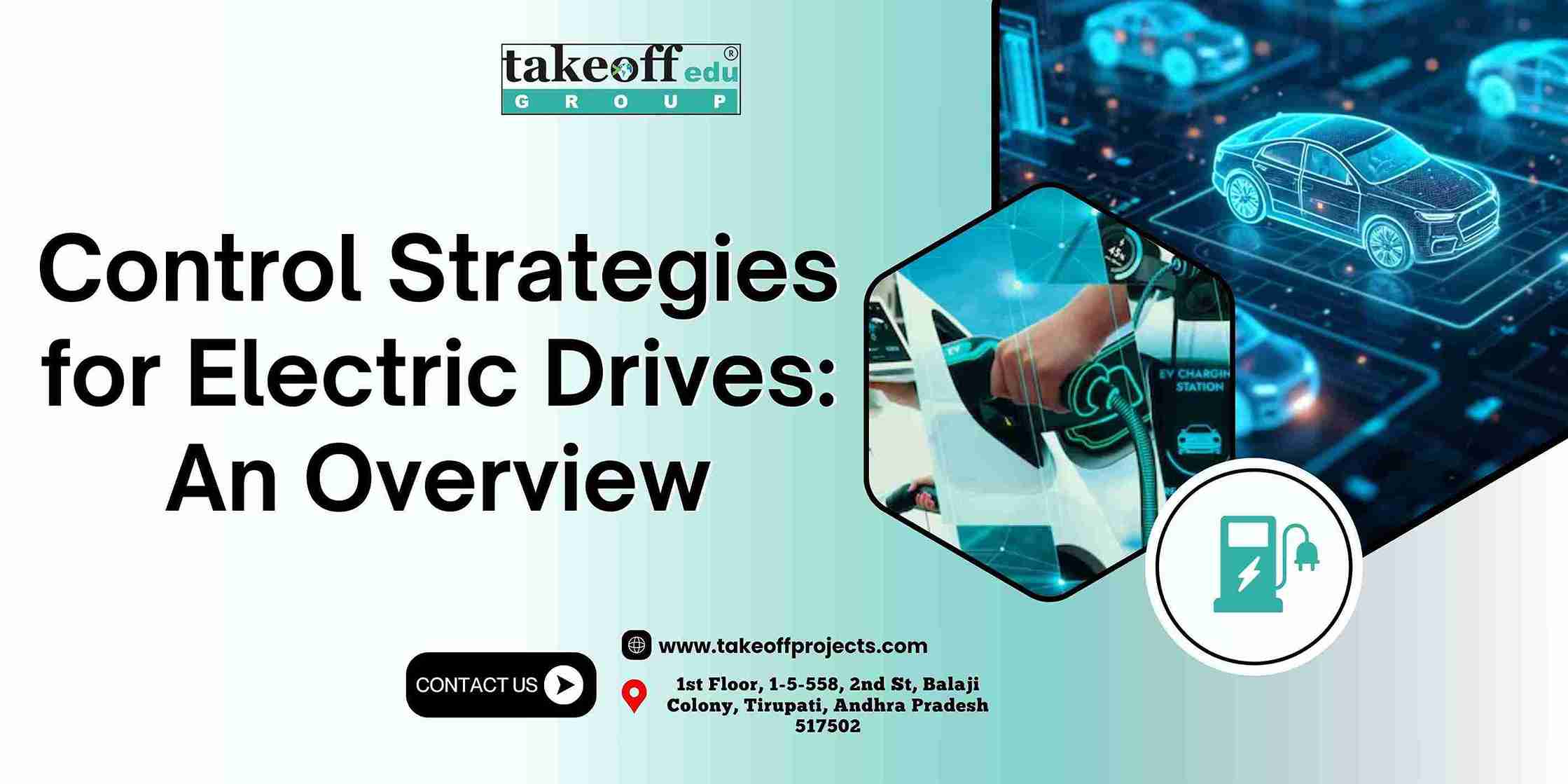 Control Strategies for Electric Drives: An Overview
Control Strategies for Electric Drives: An Overview 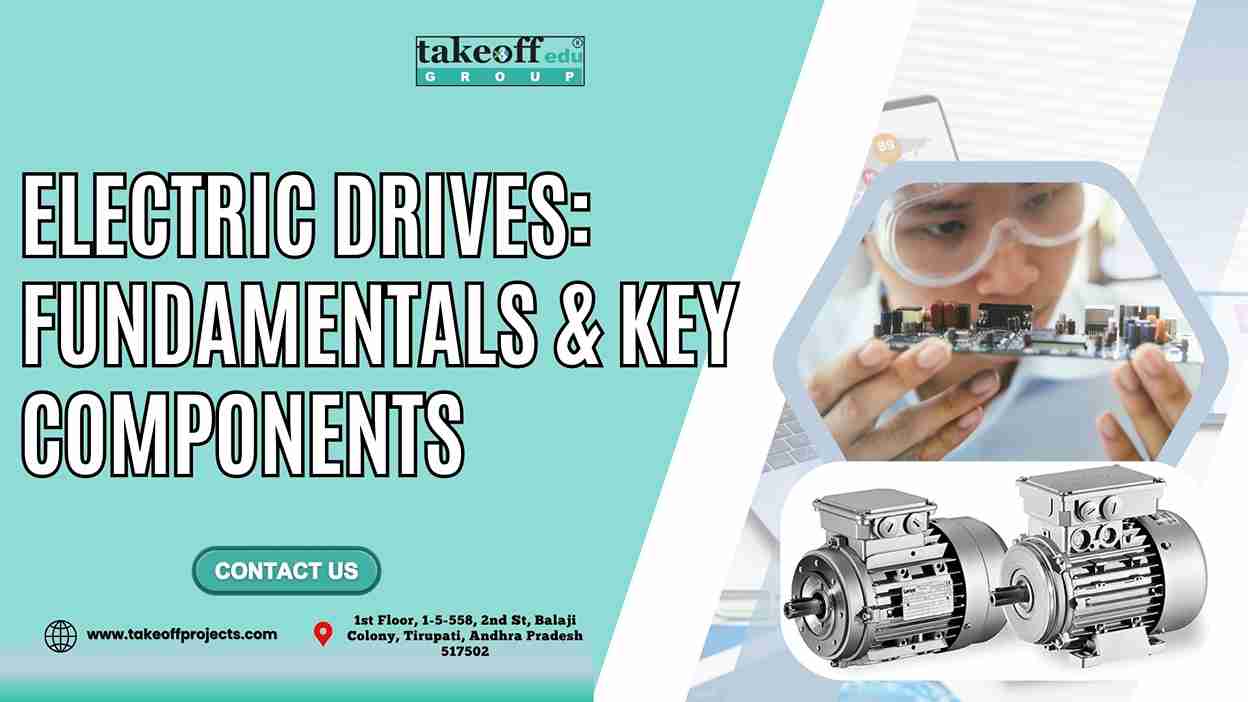 Electric Drives: Fundamentals & Key Components
Electric Drives: Fundamentals & Key Components  Designing Efficient Power Converters: Tips and Techniques
Designing Efficient Power Converters: Tips and Techniques 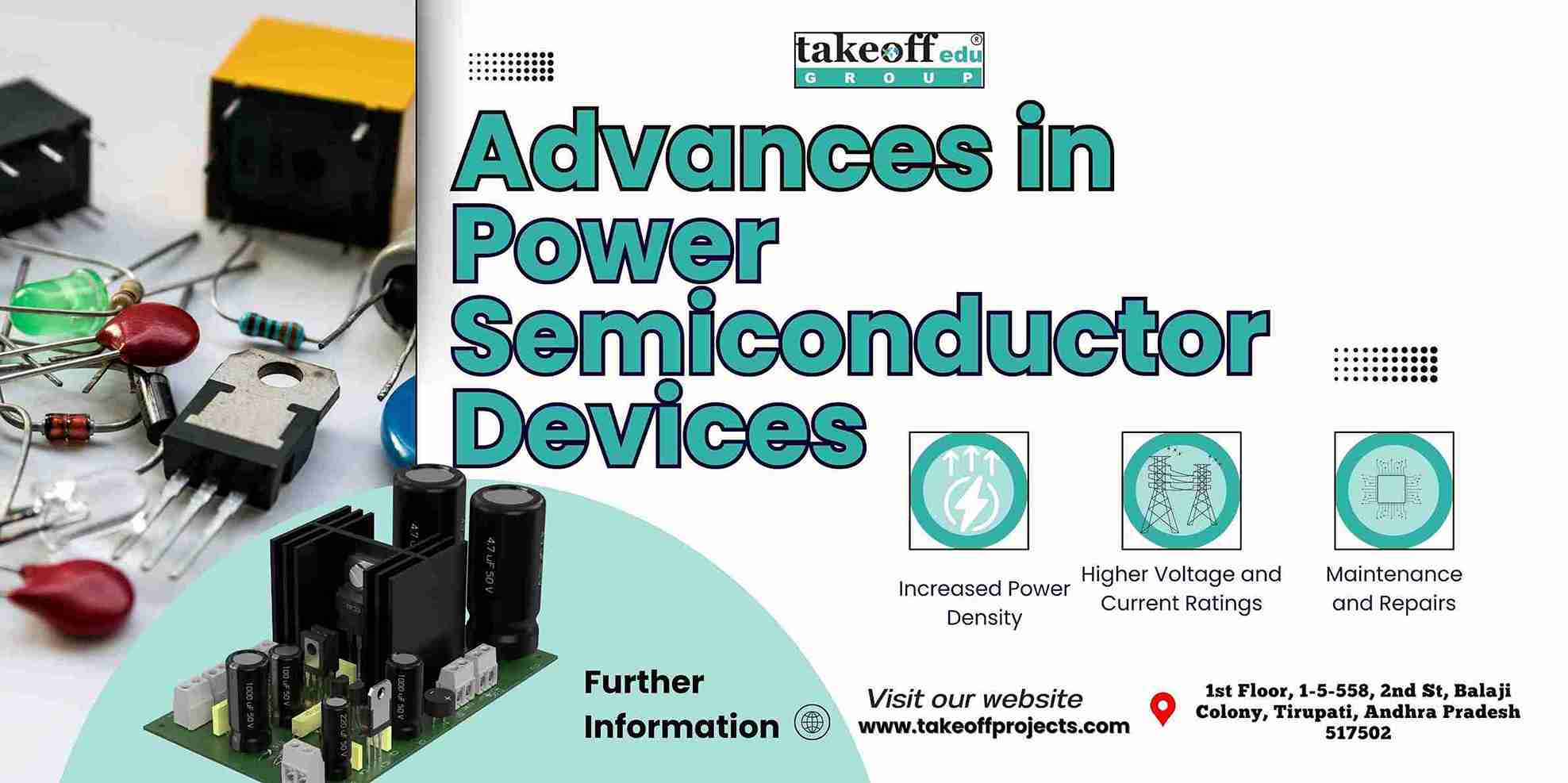 Advances in Power Semiconductor Devices
Advances in Power Semiconductor Devices 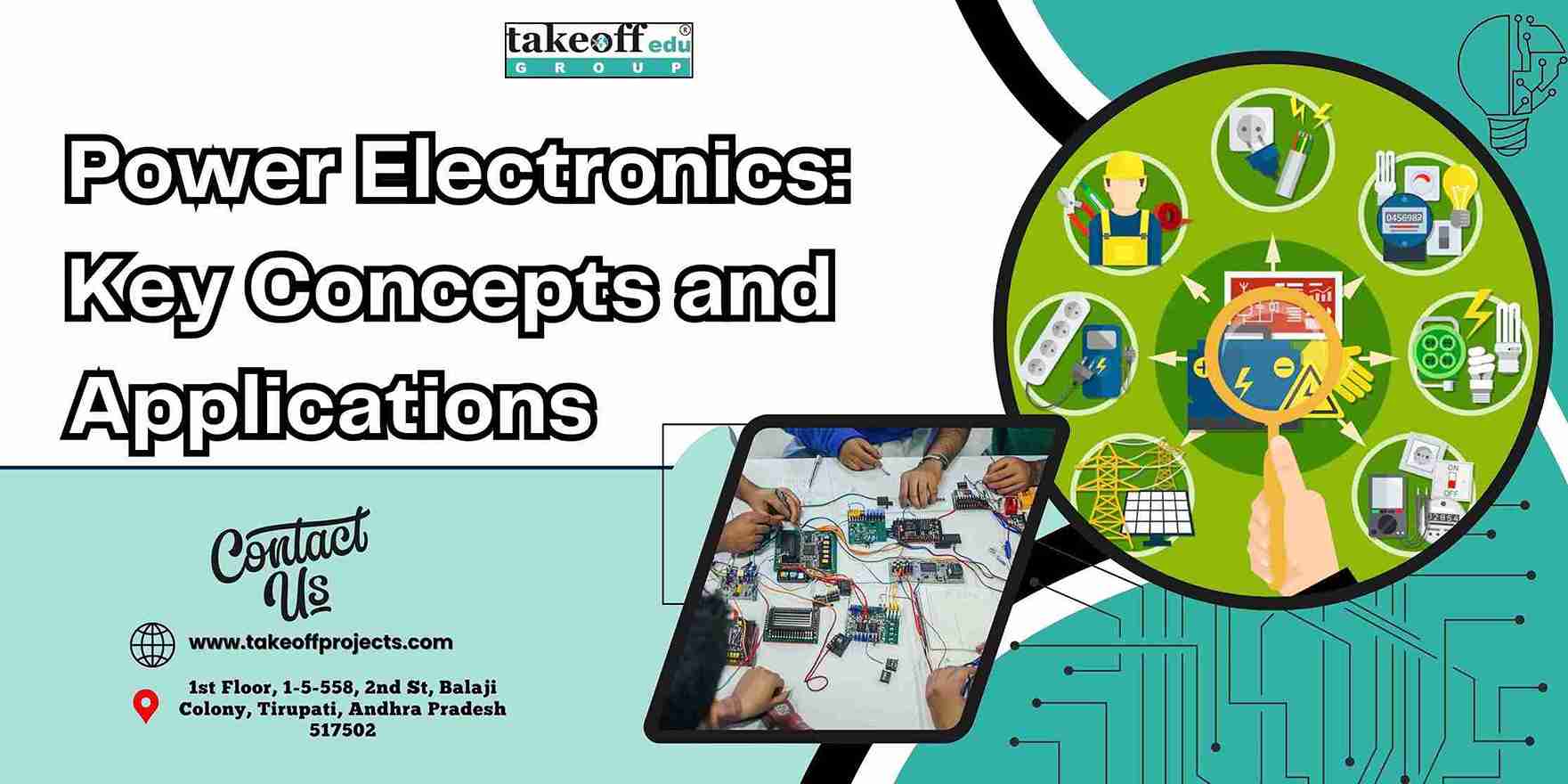 Power Electronics: Key Concepts and Applications
Power Electronics: Key Concepts and Applications 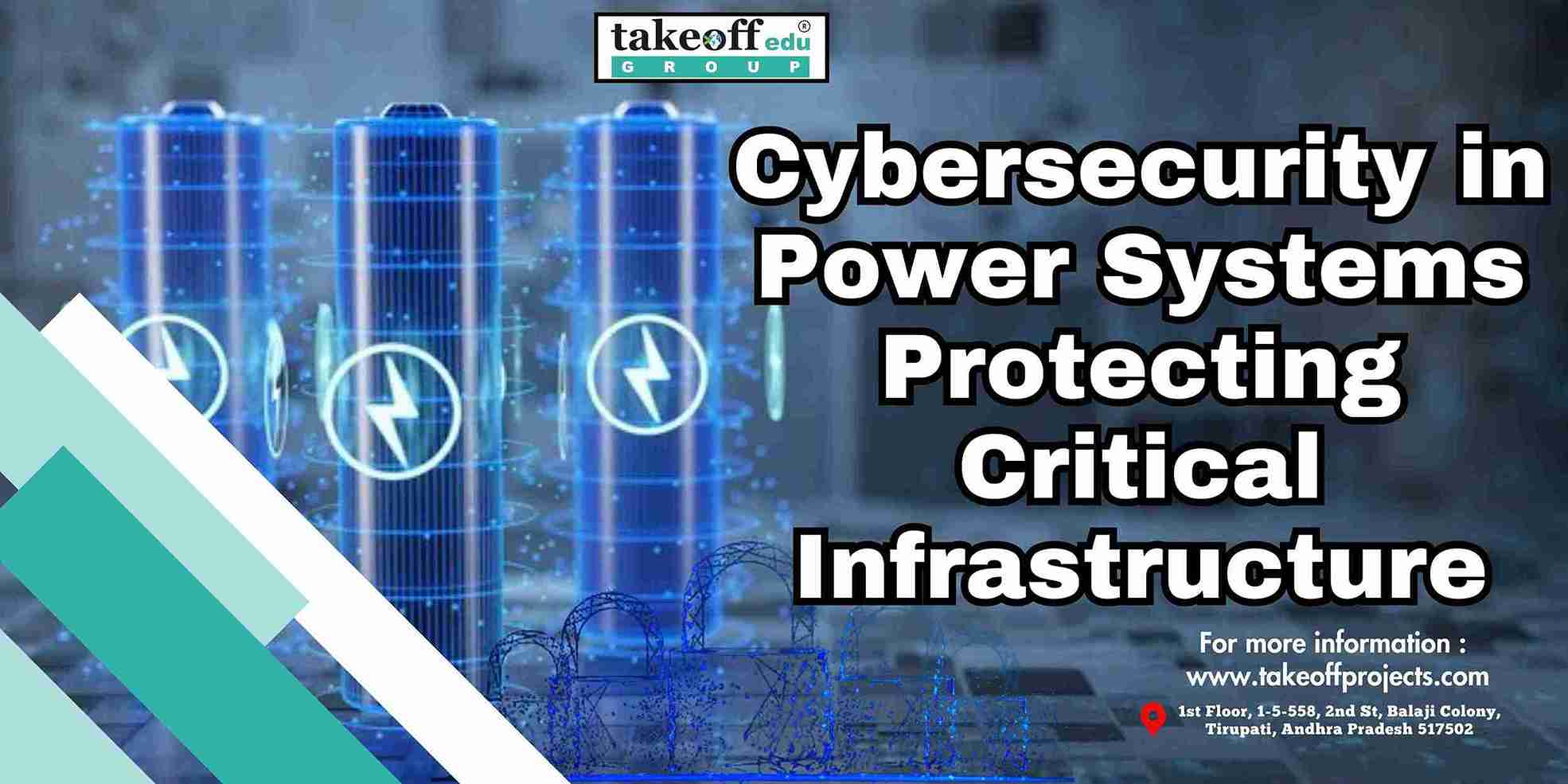 Cybersecurity in Power Systems: Protecting Critical Infrastructure
Cybersecurity in Power Systems: Protecting Critical Infrastructure 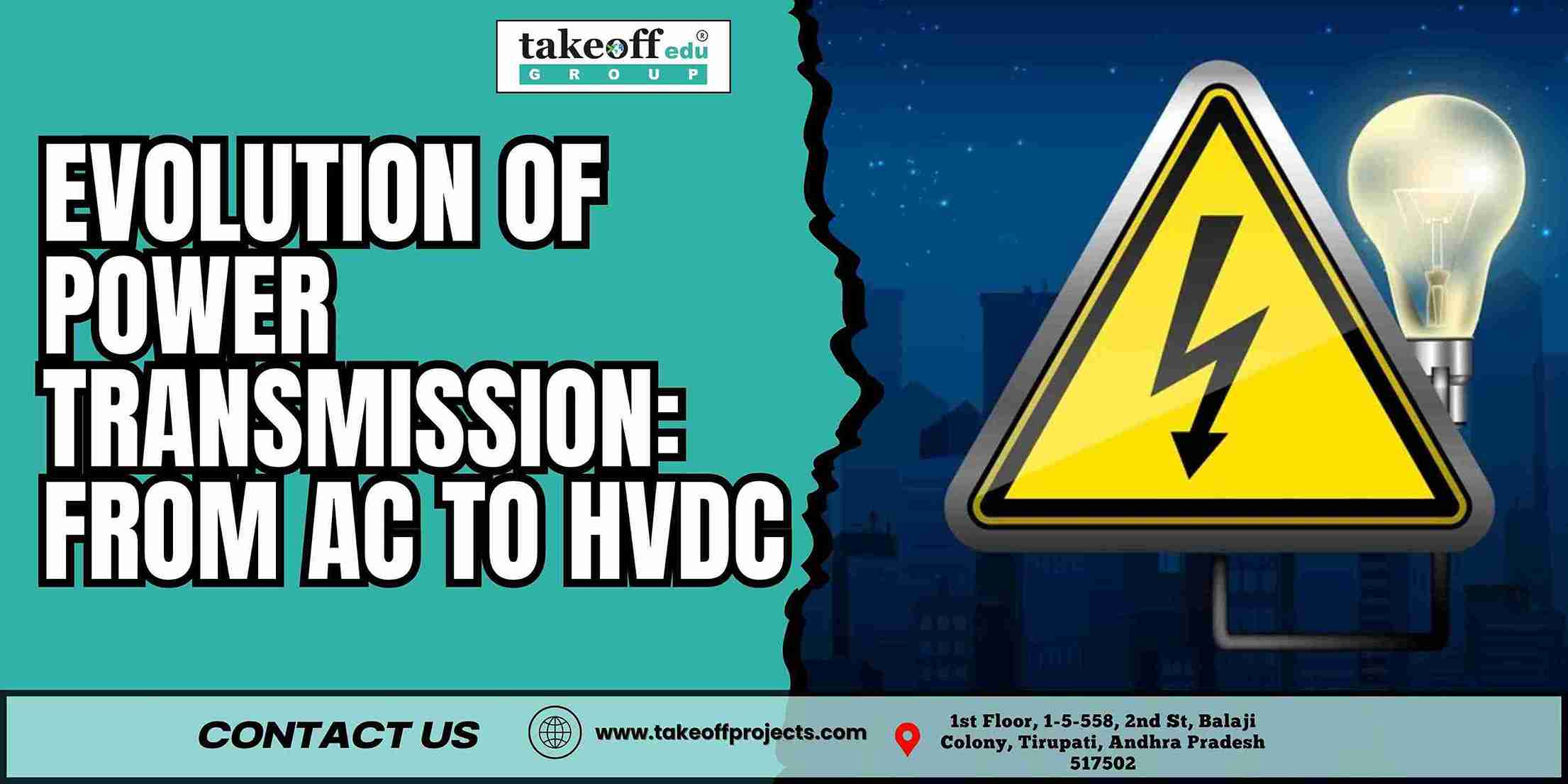 The Evolution of Power Transmission: From AC to HVDC
The Evolution of Power Transmission: From AC to HVDC 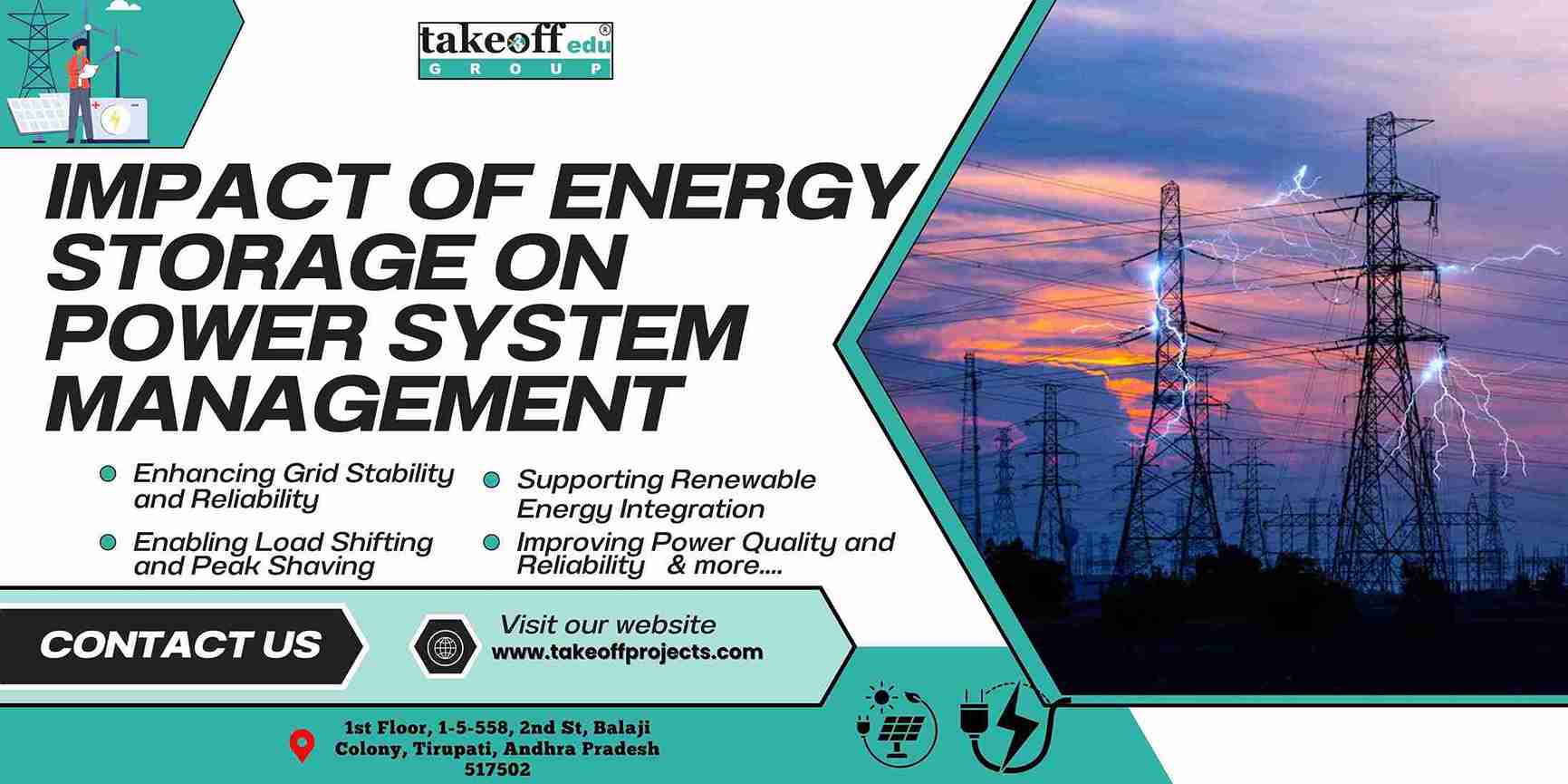 Impact of Energy Storage on Power System Management
Impact of Energy Storage on Power System Management 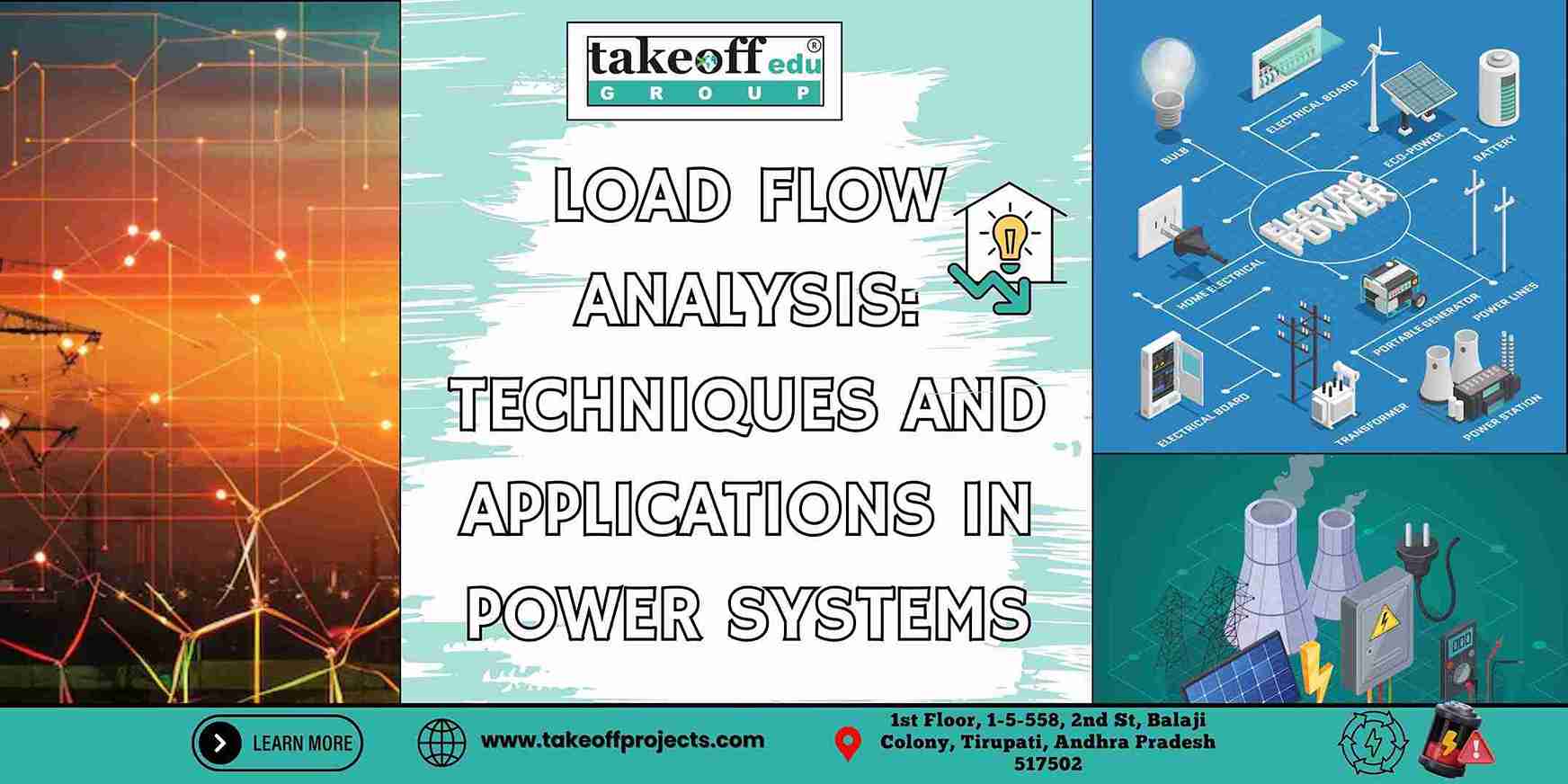 Load Flow Analysis : Techniques and Applications in Power Systems
Load Flow Analysis : Techniques and Applications in Power Systems  Microgrids: Enhancing Resilience and Efficiency in Power Systems
Microgrids: Enhancing Resilience and Efficiency in Power Systems 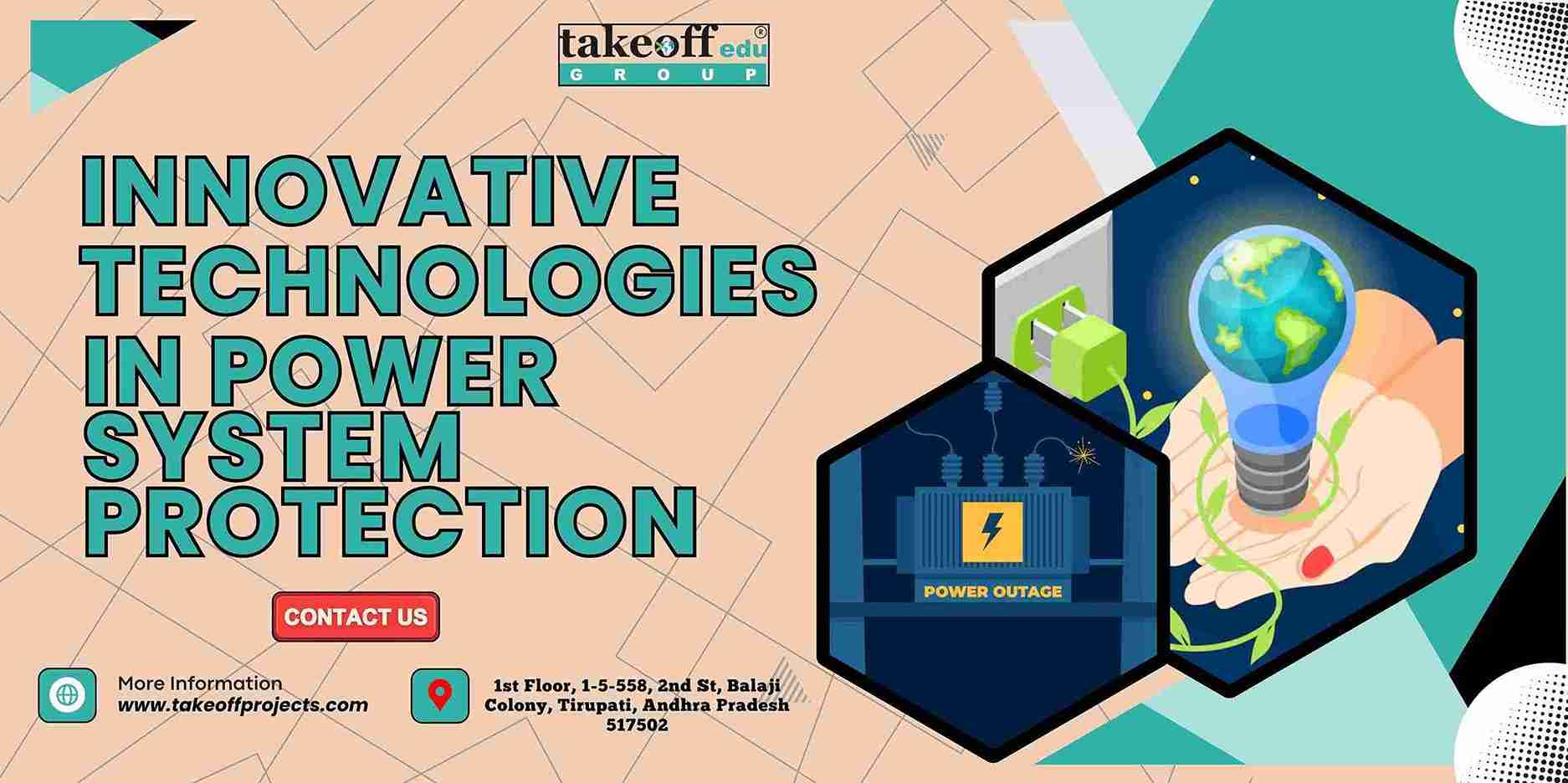 Innovative Technologies in Power System Protection
Innovative Technologies in Power System Protection 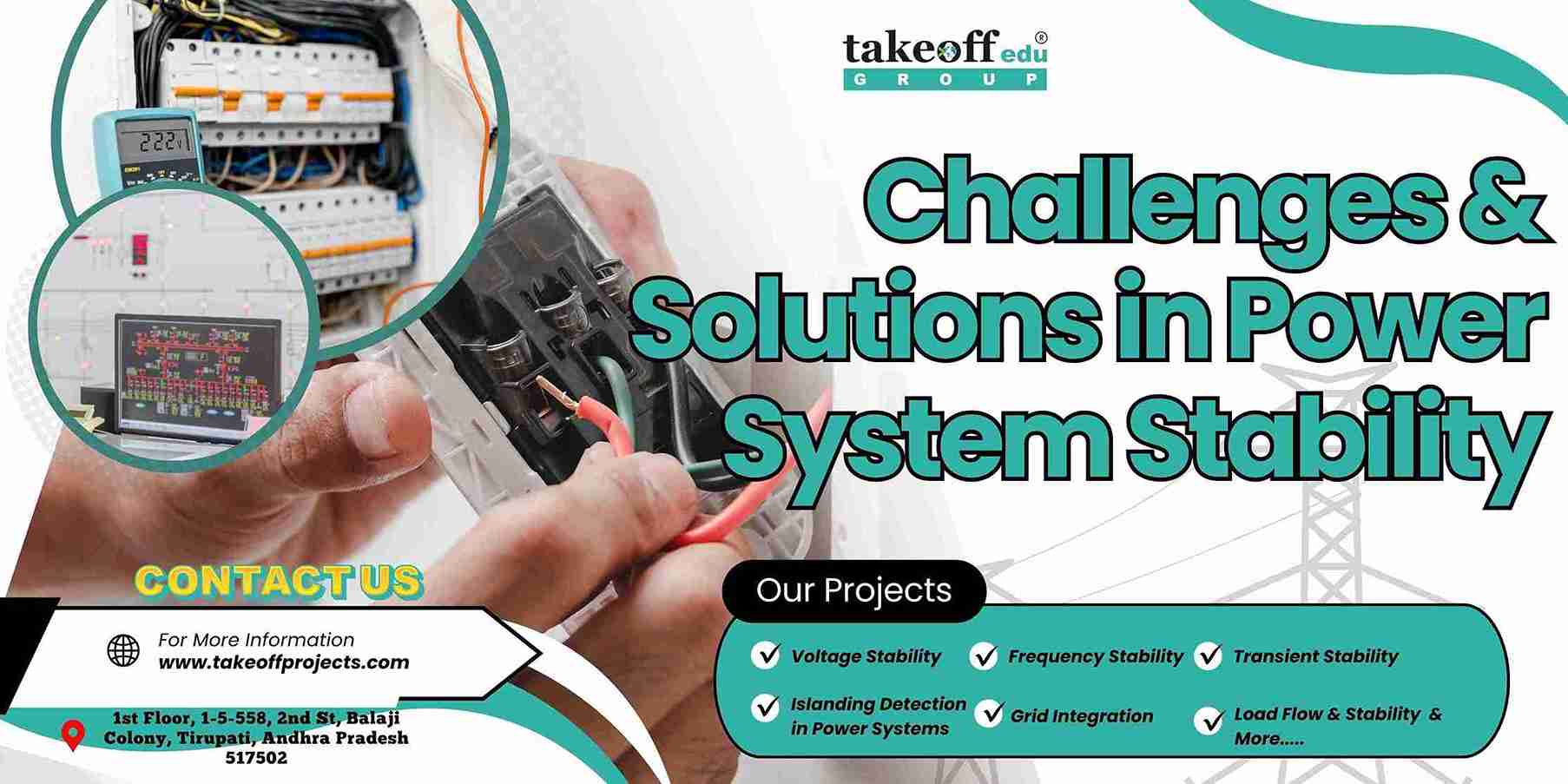 Challenges and Solutions in Power System Stability
Challenges and Solutions in Power System Stability 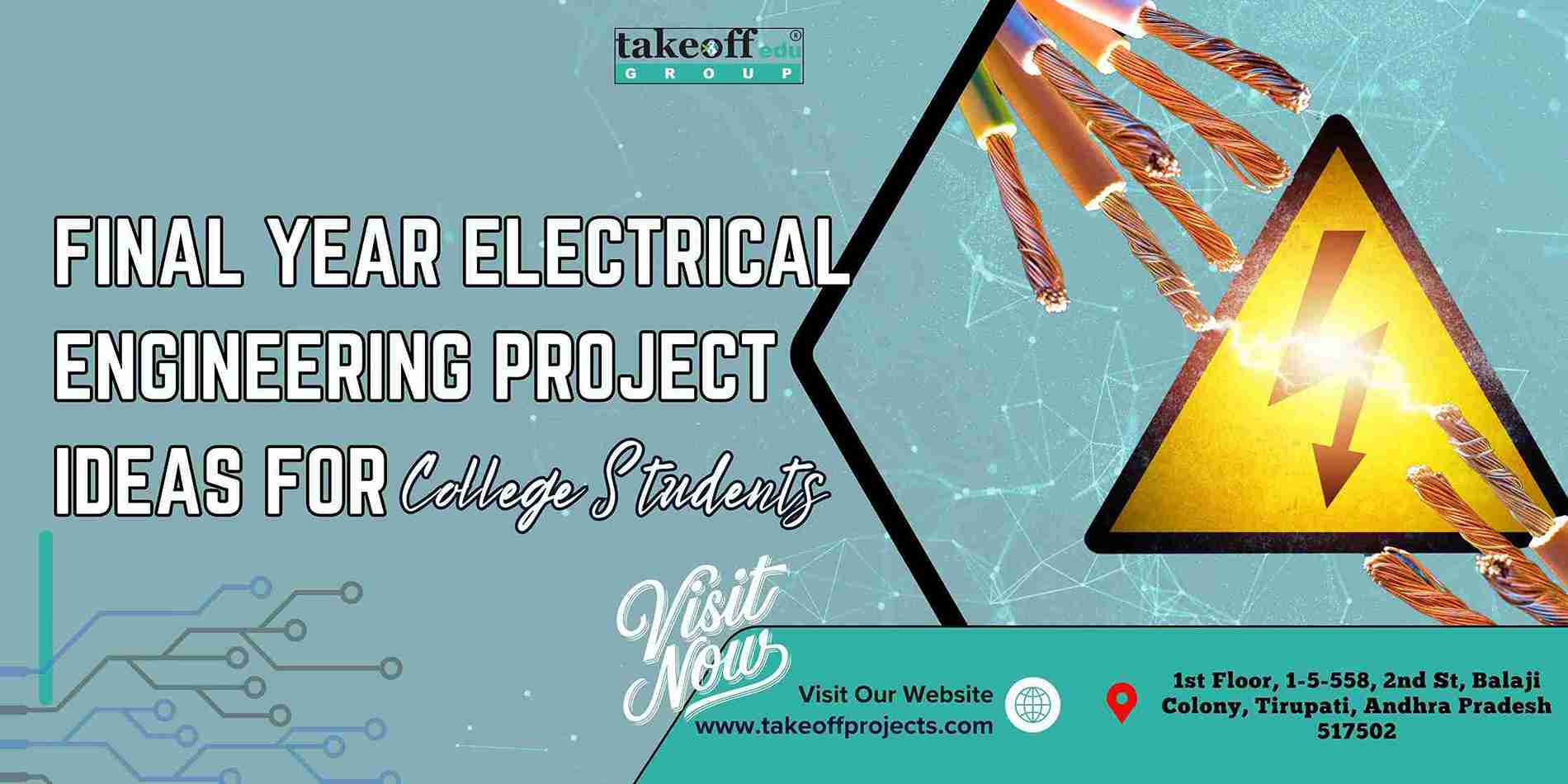 Final Year Electrical Engineering Project Ideas for College Students
Final Year Electrical Engineering Project Ideas for College Students 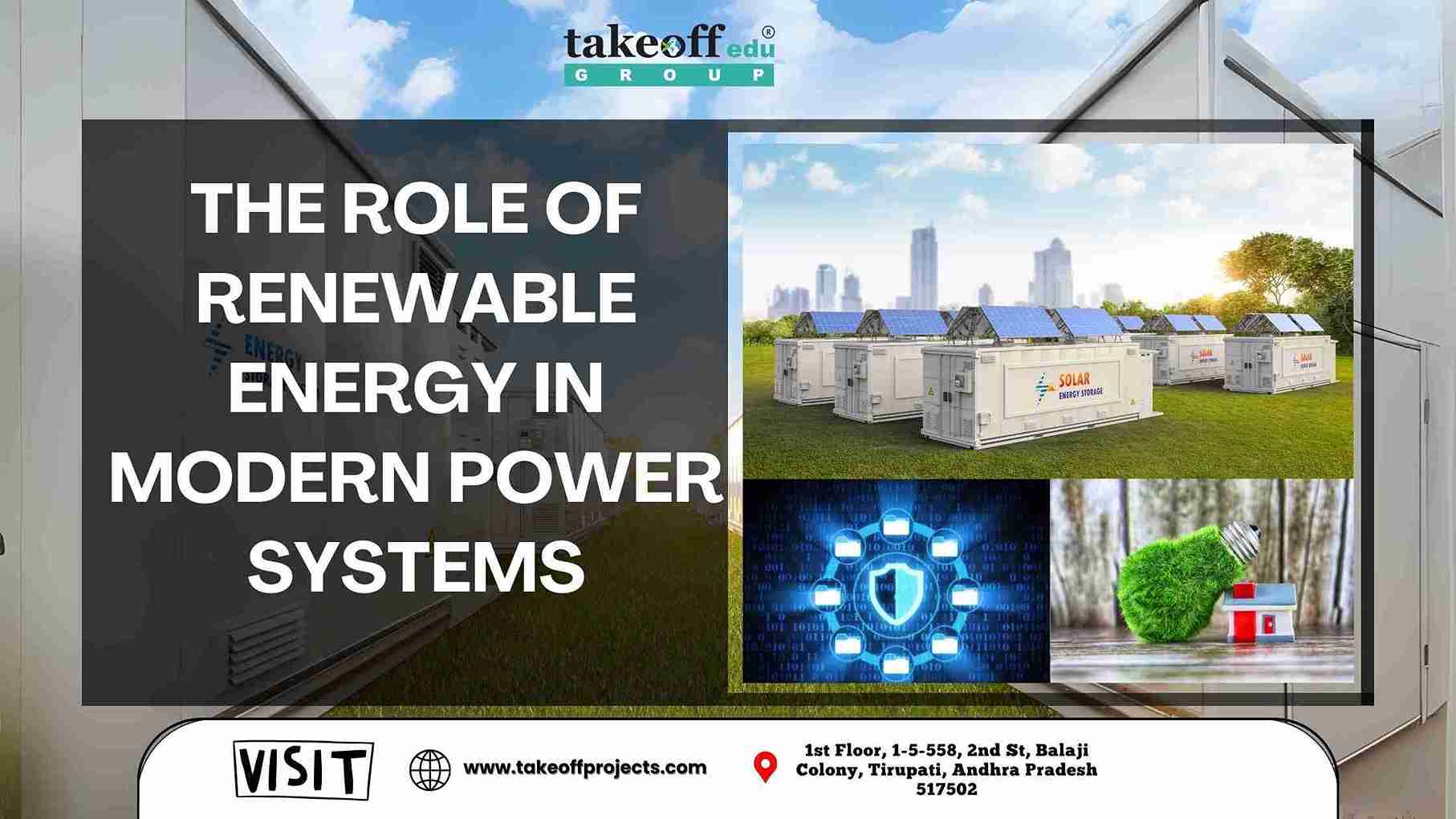 The Role of Renewable Energy in Modern Power Systems
The Role of Renewable Energy in Modern Power Systems 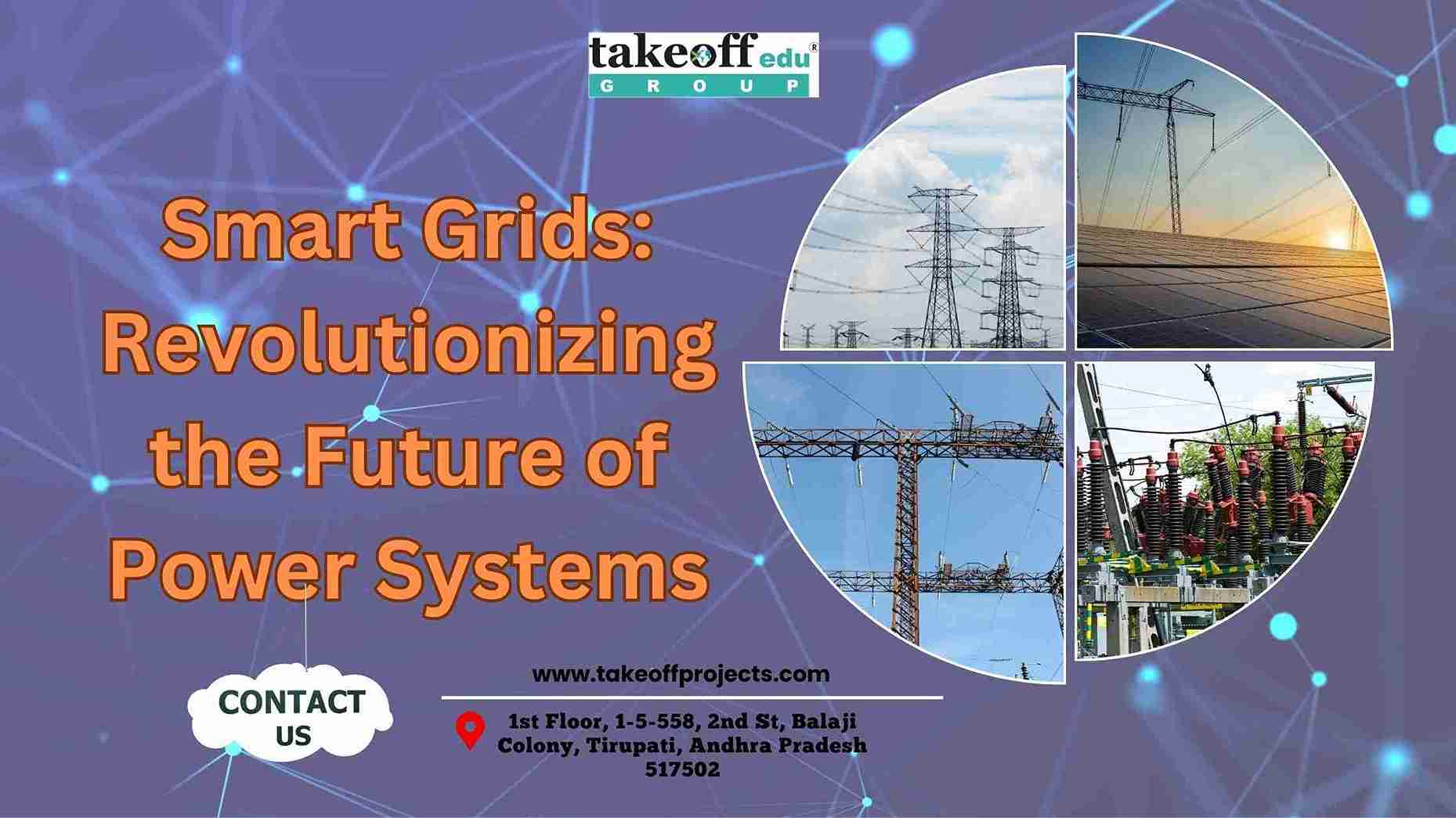 Smart Grids: Revolutionizing the Future of Power Systems
Smart Grids: Revolutionizing the Future of Power Systems 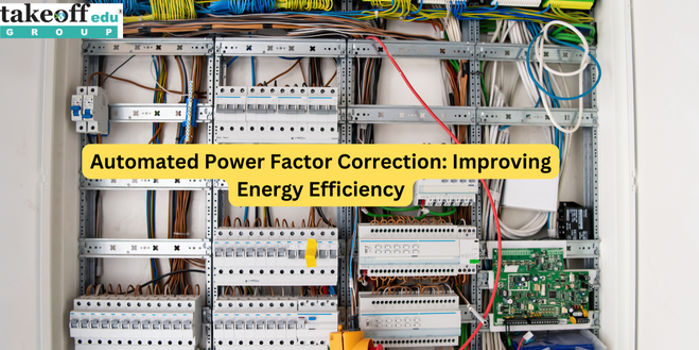 Automated Power Factor Correction: Improving Energy Efficiency
Automated Power Factor Correction: Improving Energy Efficiency  Powering the Future: A Renewable Energy Harvesting System
Powering the Future: A Renewable Energy Harvesting System  Smart Grid Solutions: Enhancing Electrical Distribution Efficiency
Smart Grid Solutions: Enhancing Electrical Distribution Efficiency 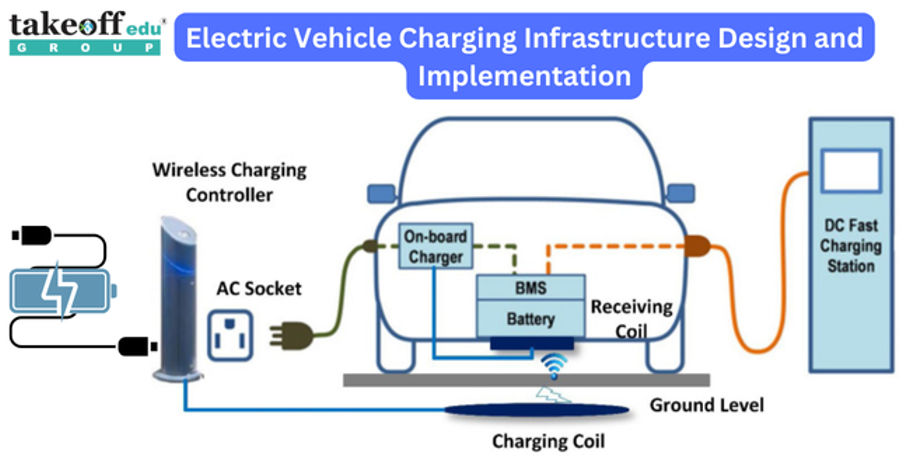 Electric Vehicle Charging Infrastructure Design and Implementation
Electric Vehicle Charging Infrastructure Design and Implementation 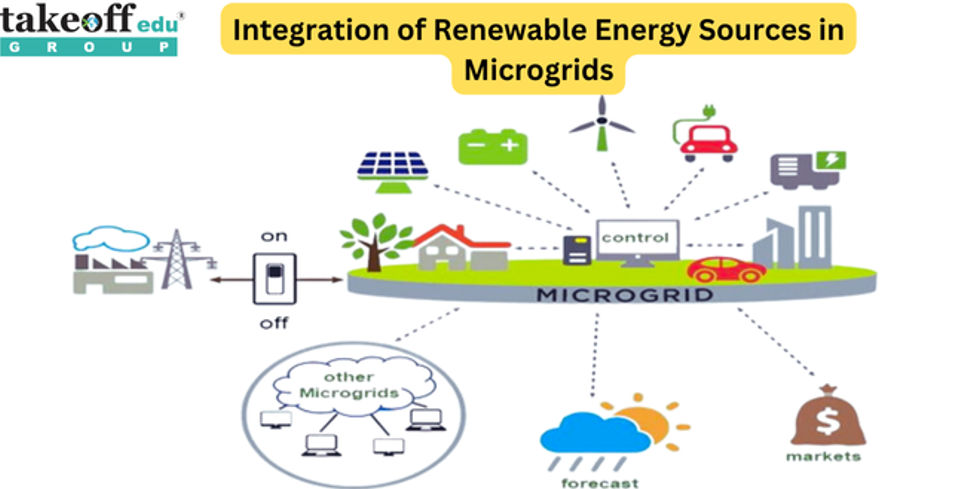 Integration of Renewable Energy Sources in Microgrids
Integration of Renewable Energy Sources in Microgrids 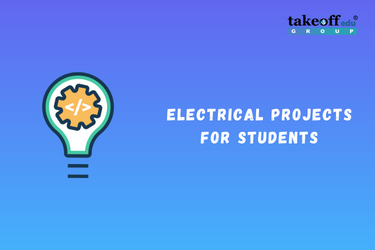 Electrical Projects Engineering Students
Electrical Projects Engineering Students 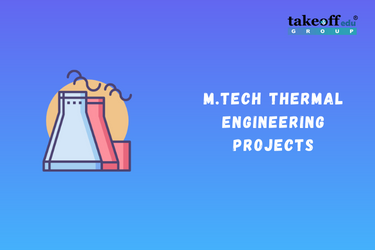 M.Tech Thermal Engineering Projects
M.Tech Thermal Engineering Projects 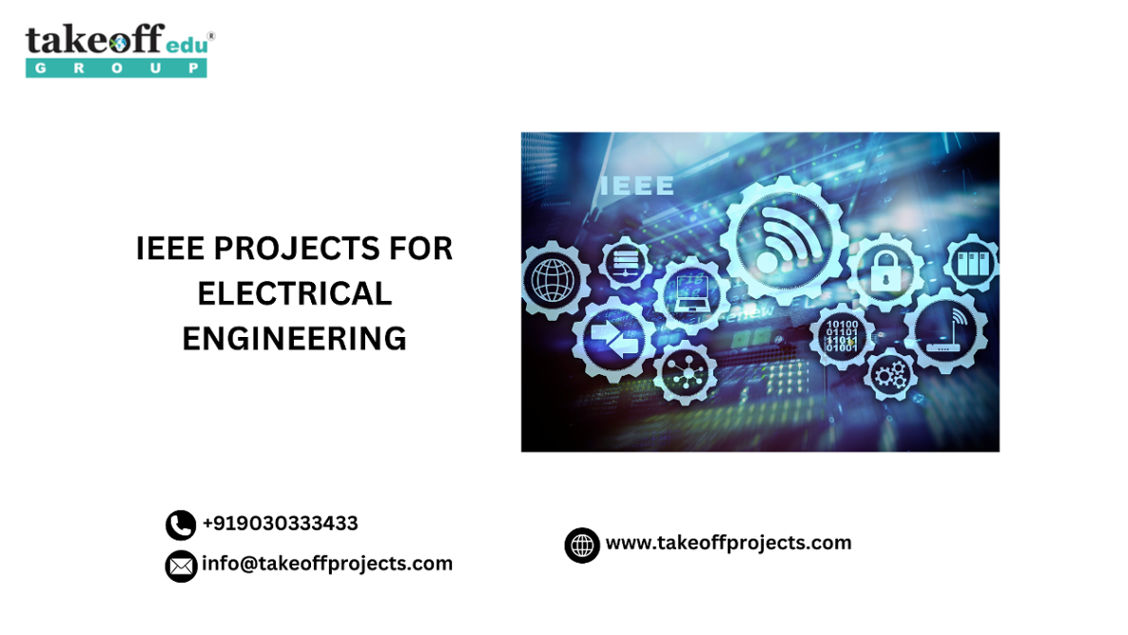 IEEE Projects for Electrical Engineering
IEEE Projects for Electrical Engineering 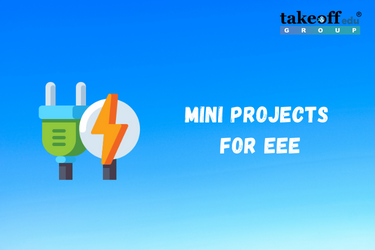 Mini Projects for EEE
Mini Projects for EEE 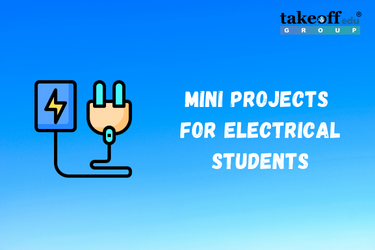 Mini Projects for Electrical Students
Mini Projects for Electrical Students 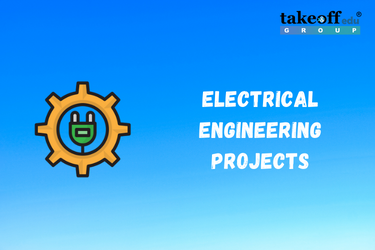 Top Electrical Projects for Final Year Students
Top Electrical Projects for Final Year Students 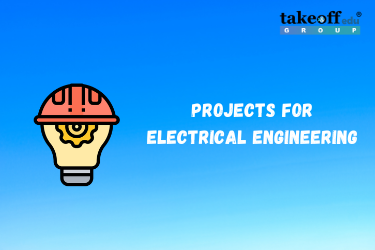 10 Interesting Projects for Electrical Engineering Students 2022
10 Interesting Projects for Electrical Engineering Students 2022  7 Trending Power Systems Based Projects for EEE
7 Trending Power Systems Based Projects for EEE  Top 10 Power Electronics Projects for EEE
Top 10 Power Electronics Projects for EEE 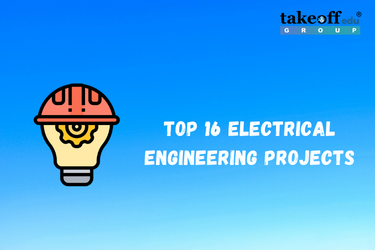 Top 16 Electrical Engineering Projects
Top 16 Electrical Engineering Projects 
 Paper Publishing
Paper Publishing


